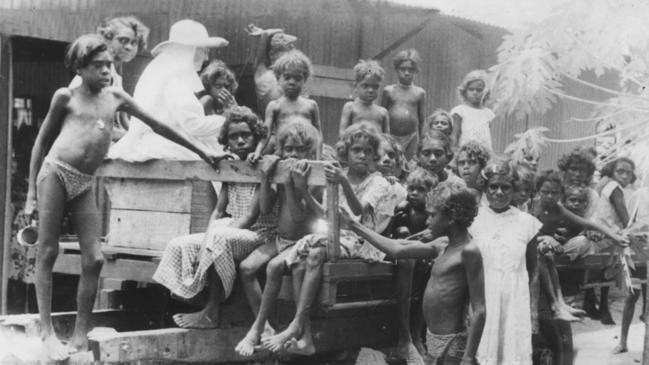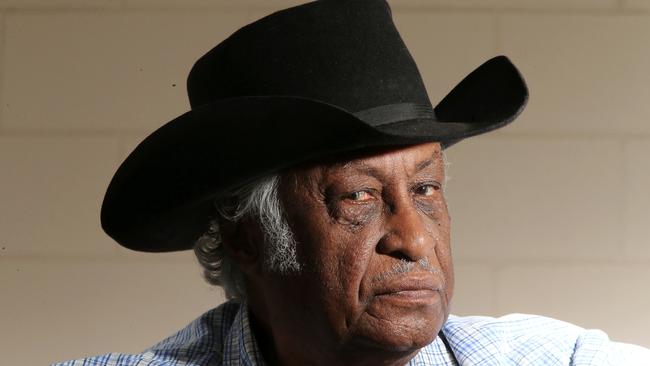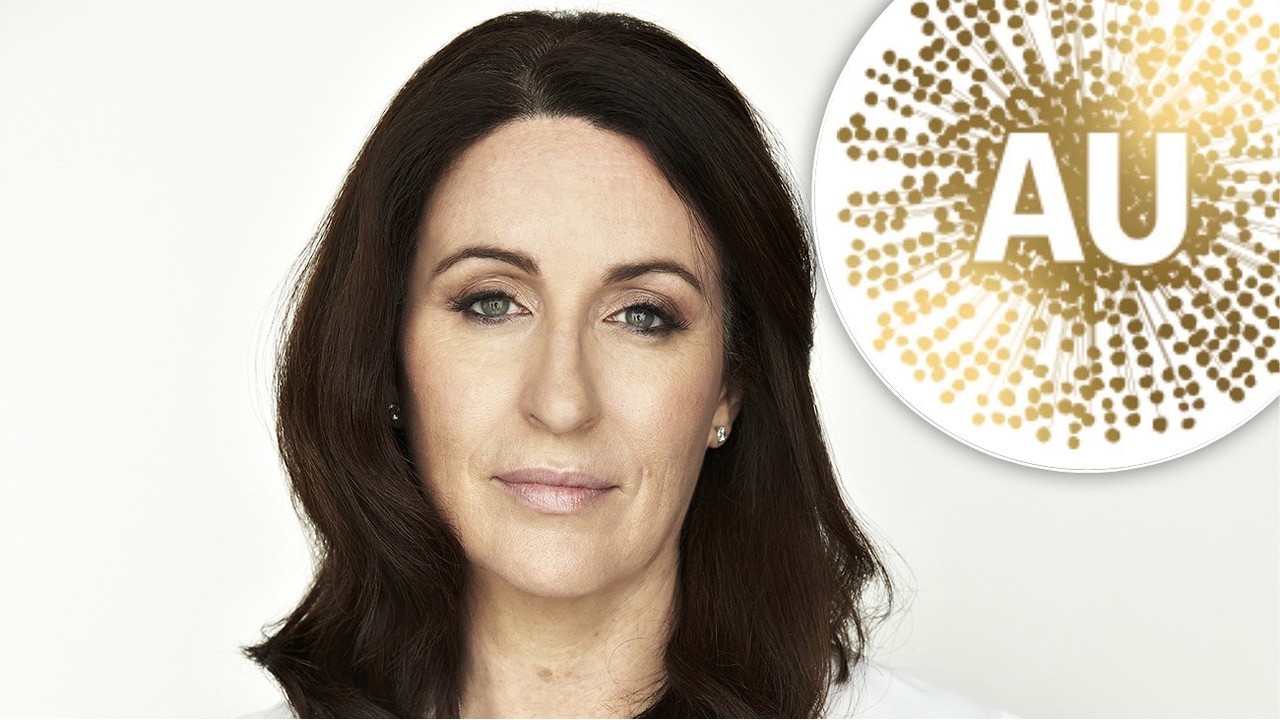This is why we’re still talking about Australia Day
A heartbreaking letter from an indigenous girl begging to leave a mission in Queensland explains why we keep having the change the date debate, writes Margaret Wenham.

Rendezview
Don't miss out on the headlines from Rendezview. Followed categories will be added to My News.
You might be relieved to know this column is not a call to change the date of Australia Day. In fact, I’m not going to even mention Australia Day, except to, you know, say that I’m not going to mention it.
“What the hell?” and “Phew,” I hear you say. No, instead I thought I’d tell the story of Alison Bender (nee Warren) who is one of around 7000 claimants in a “stolen wages” case — Hans Pearson v The State of Queensland — which, in the absence of a settlement sometime soon, is likely to go to trial this year.
Actually Alison can speak for herself by virtue of the neatly typed letter she sent to a Major L.V. Wakefield, the then Acting Superintendent of the Yarrabah Mission near Cairns, on November 8, 1950. She obtained a copy of the letter and other documents under the Information Privacy Act.
“Dear Sir,” wrote Alison, who was about 25 at the time, “This may be a little earlier to write and remind you about getting exempted from the Mission … you can guess how thrilled I would be if you would be able to get it by December … By the way I do hope it won’t be very difficult for you as I hate to put you through any bother seeing that you have enough on your hands as it is now … I have been longing to be released from the Mission for some time now. I did mention it to Fr Brown at that time he was at Yarrabah but all he gave me was the cold shoulder … Yarrabah is not a bad place but I just can’t see myself living there for the rest of my life … I’m so used to being out of the Mission now and I know how to look after myself … As for my parents, well I do think of them a lot but I’m sure they are not against me getting exempted.”
RELATED: Stolen wages repayment long overdue

The exemption sought by Alison was from a version of laws long in existence that controlled just about every aspect of the majority of Aboriginal people’s lives. In Alison’s case, in Queensland in 1950, it was the Aboriginals Preservation and Protection Act of 1939 (online and worth a read).
I came across a copy of Alison’s 68-year-old letter reading through some of the documents prepared for the Pearson case. It was annexed, along with some other “Native Affairs” documents, to an outline of evidence Alison, now in her 90s, intended to give during a hearing day in 2017.
In this Alison tells of being born on Mornington Island in 1925. After her mother died, the family moved firstly to the Mapoon mission and then to Yarrabah.
Alison attended school up to about Grade 3 and was placed in the girls’ dormitory when she was about 10. Between 10 and around 14 or 15 she worked in the Yarrabah school before venturing away from the mission for a number of jobs. Her wages were paid to the local Aboriginal protector.
At the time of her exemption application, 69 pounds, six shillings and nine pence was authorised by the Director of Native Affairs to be released to her. Alison doesn’t recall receiving that amount but also believes she must have earned more than 69 pounds by then.

A number of the documents show the machinations of “Native Affairs” in processing Alison’s exemption request. Included is a checklist asking, among other things, about the “breed” of Alison’s parents and whether Alison lived “in a civilised manner”. In the space provided for remarks about Alison’s application is written, “This girl is practically white”.
Surprised? Well, in fact, under the Act, the Director of Native Affairs, his deputies, sundry protectors and the superintendents, who directly administered the reserves, had extraordinary powers.
Section 22(1): “The Director may … cause any aboriginal … to be removed from any district to a reserve and kept there for such time as may be ordered by the Director.”
Section 18(1): “The Director shall be the legal guardian of every aboriginal child in the State while such child is under the age of 21 years, notwithstanding that any parent or relative of such child is still living and may exercise all or any powers of a guardian where in his opinion the parents or relatives are not exercising their own powers in the interests of the child.”
Section 19(1): “No marriage of an aboriginal with any person other than an aboriginal shall be celebrated without the permission in writing of the Director …”

Relevant to the stolen wages issue are sections dealing with employment.
Section 14(1): “No person shall employ an aboriginal without the permission of a protector.”
Section 14(6): “A protector may direct employers to any employer to pay the whole or any portion of the wages of aboriginals to himself or some other person on his behalf …”
You might also be surprised how much money belonging to First Nation people was held by their “protectors”. According to the Director of Native Affairs’ annual report for the year ending June 30, 1950 (six months before Alison received her exemption), the total amount “in trust” for Aboriginal and Torres Strait Islander peoples that year was 417,457 pounds, or $21.2 million in today’s money.
MORE FROM MARGARET WENHAM: A few resolutions to fix Australia in 2019
This report, which includes the superintendents’ reports on the running of the 17 missions, settlements and reserves, provides still more fascinating detail including a population count for Queensland — 9165 Aboriginals, 6692 “half-bloods” and 5000 Torres Strait Islanders.
In that year, 151 adults received “exemption certificates”, with the report noting the certificates weren’t granted unless the applicants possessed “the qualifications necessary to take their place in the white community and compete on the labour market entirely on their own initiative and ability”. The awful irony being, of course, as the report also recorded, just seven children from the reserves and missions were permitted, that year, to go to high school.
Actually, maybe this piece should include a call to change the date of Australia Day. But I swore I wouldn’t, so I won’t.
The Pearson stolen wages case, being watched keenly by other states, is set down for mediation next month.
Margaret Wenham is the Courier-Mail’s opinion editor.


